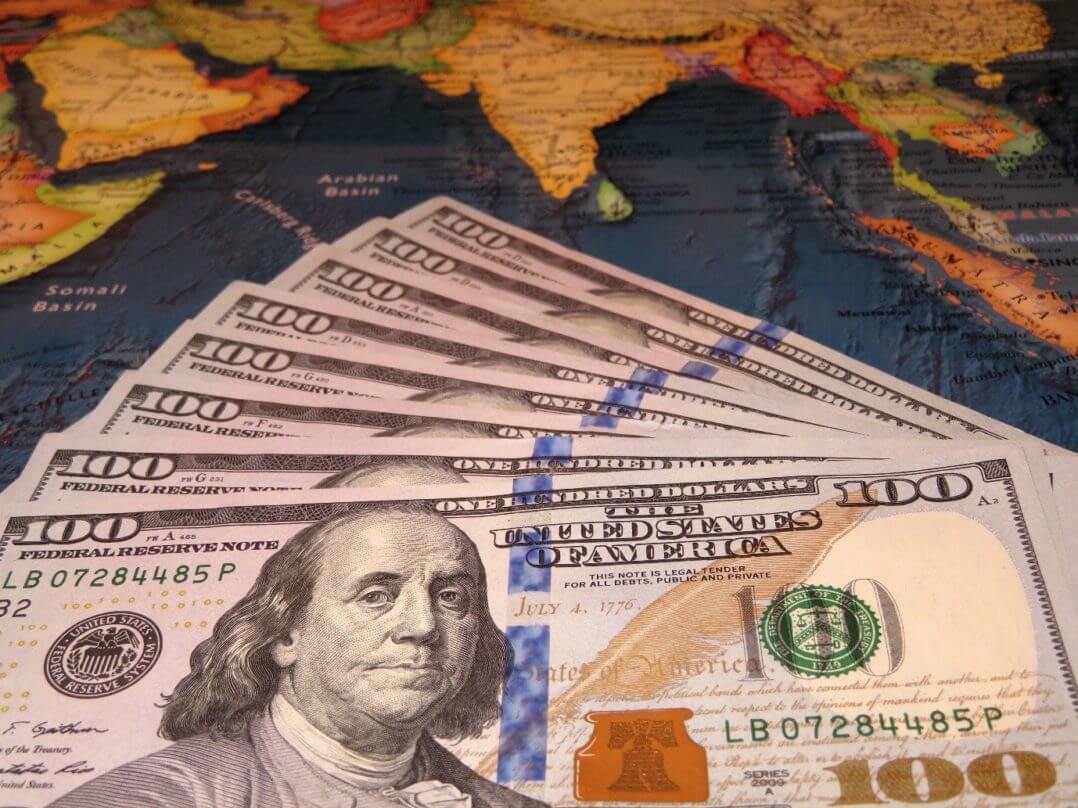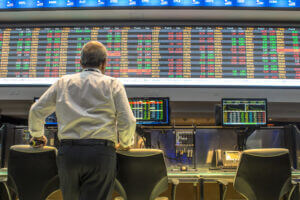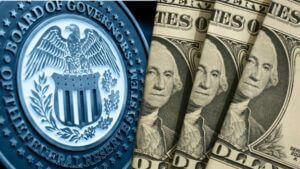On December 31, the U.S. dollar ended 2020 in a downward spiral. Therefore, investors bet that a global economic recovery will suck money into riskier assets.
The euro stood at $1.2291, having reached its highest since April 2018 with a gain of nearly 10% for the year.
Moreover, the U.S. dollar stood at 103.15 yen but succeeded to hold above the December low of 102.86. It also fell against the Chinese yuan, breaking 6.4900 for the first time since mid-2018.
After lawmakers approved a post-Brexit trade deal with the European Union, the pound held gains. It saw a rise as far as $1.3641 for the first time since May 2018.
Against a basket of other currencies, the U.S. dollar had fallen to 89.643, having reached its lowest since April 2018. That left it down 7.2% on the year; no less than 13% on the 102.99 peaks hit during the market turmoil in mid-March.
Notably, the next target is 89.277 and then 88.251, which was the absolute low in 2018.
Additionally, the prospect of a brighter 2021 has reduced the need for the safe-haven dollar. It made riskier assets more attractive, especially in emerging markets.
Furthermore, the U.S. is also hemorrhaging greenbacks on its trade account. The deficit on goods hit a record $84.8 billion in November as imports grew past pre-pandemic levels.
The current account deficit increased to a 12-year high in the Q3 of 2020
Moreover, the current account deficit increased to a 12-year high in the Q3 of 2020. There was a massive shortfall in net financial transactions as Americans borrowed more from abroad.
According to Alan Rukin, the global head of G10 FX at Deutsche, the U.S. dependence on foreign savings increases at 3.4% of GDP. It is approaching a danger zone where it will become increasingly challenging to attract savings without further greenback weakness or higher interest rates.
The British pound extended gains on Thursday. It grew as much as 0.6% against the euro. The gain was because of the news that the United Kingdom market participants can use trading platforms in the European Union. They can use it for up to three more months avoids disruption to swaps trading.
Notably, at 1045 GMT, the sterling was trading at 89.79 pence, having reached a session high of 89.76 pence. It reached a new two and a half year high to the dollar at $1.3686, a 0.4% increase on the day.
Furthermore, while the Brexit trade deal agreed on Christmas Eve set rules for fishing and agriculture. However, it did not cover the United Kingdom’s finance sector, leading to fears that swaps trading worth $200 billion could be disrupted next week.










